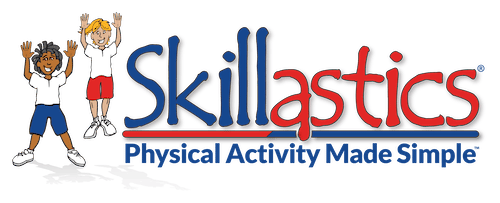It may come as a surprise to learn that leadership doesn’t begin at the high school level. In fact, educators are creating opportunities for young leaders at the primary age as children are introduced to leadership concepts long before kindergarten. Penn State’s Pre-K early learning social-emotional standards include: “Know and state independent thoughts and feelings” (25.1.1 Self Awareness) and “Participate in new experiences with confidence and independence” (25.1.3 Competence). Here are some benefits and methods to incorporate leadership as you allow your students to lead.
Leadership builds decision-making skills
There’s a good reason leadership skills are being taught at a young age. Studies show that leadership opportunities instill confidence, and help children develop collaborative skills, problem solving skills, and teamwork. For some children, it also provides a sense of responsibility they may not have elsewhere. This builds a good foundation for leadership in high school and in the workforce. If we wait to provide leadership opportunities until children reach high school, they’ll join the workforce unprepared for critical decision-making.

Leadership can be fun
There’s an even better reason we should let kids lead: because it’s fun.
Think about it. Kids are told what to do all day long. From the time they get up, eat breakfast, put on school clothes or uniforms, head to classes, and learn specific lesson plans, just about everything is pre-determined. But if you could give kids an opportunity to choose aspects of their day and activities, you could easily become not only the most fun part of their week, but the most important.
Leadership as a reward
Oftentimes, rewards can be complicated, as adults think that kids want physical certificates, money, gifts, or trophies. But rewards don’t have to be complicated to make a lasting impact. You can choose to reward kids in your program for simple observations, such as the child who gave the most effort last week, or the student who showed the most kindness and encouragement for a classmate. You can even assign rewards for introverted kids who step out of their shell to get involved in a new game. Rewards can be as simple as you like! For example,you could choose an assistant-for-the-day, a team captain, OR designate a day of the week where children to choose between programs like Skillastics® Basketball or STEM Skillastics®, an innovative blend of physical activity and cognitive learning as the group activity of the day. You can even introduce the democratic process by allowing kids to vote, and designate a leader to tally up the results.
All-inclusive Leadership
In organized sports, the captain or leader is often the child with the most skill in that particular sport. But with Skillastics®, children aren’t required to be athletically inclined. That means all children can be leaders, because Skillastics® games and activities level the playing field. Skillastics Activity Kits offer programs for different age groups, all skill levels, and even bilingual programs. The colorful activity cards are identifiable by shape, allowing kids with dyslexia, dsygraphia, dyscalculia, or other learning disabilities the opportunity to not only engage in the programs, but lead. Kids can help decide the “shape of the day” and instruct other children on which identifiable shape and color to look for.

Leadership as a point of connection
You know and care about the children in your program. You most likely know when they’re having an “off” day or a tough week. With Skillastics®, you can allow children to choose options such as the number of repetitions they do as a group, or the Skillastics® activity of the day. Being selected as a leader with the option to choose may give that child a sense of control in an overwhelming or tough week. Identifying a child that could flourish with just a little bit of encouragement can return their confidence, and help them realize tough times are only temporary.
By selecting different leaders for different reasons, all kids learn some critical growth and development skills, such as the value of diversity, acceptance of others’ choices that may lead them to try new things, and even how to negotiate and compromise. Taking turns in leadership also develops that understanding that a good leader and a good team member are equally important. With Skillastics®, adding in opportunities for student-lead activities merges fun, educator ease-of-use, and brain development all into one!




